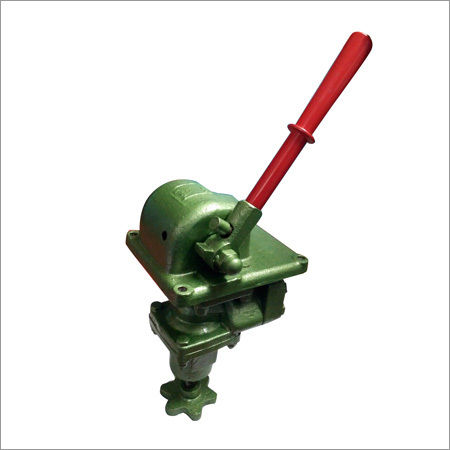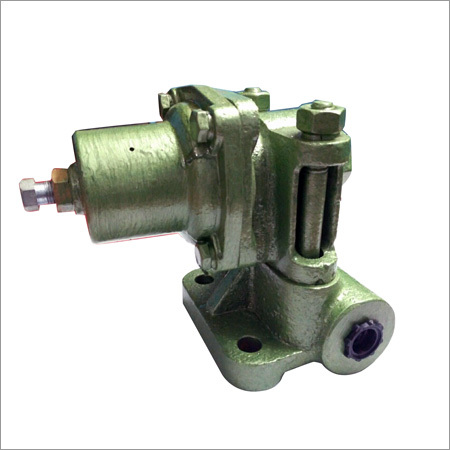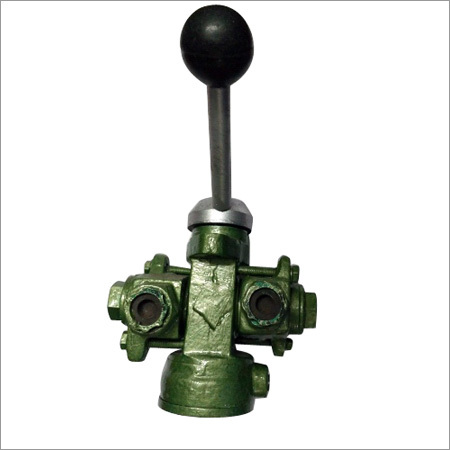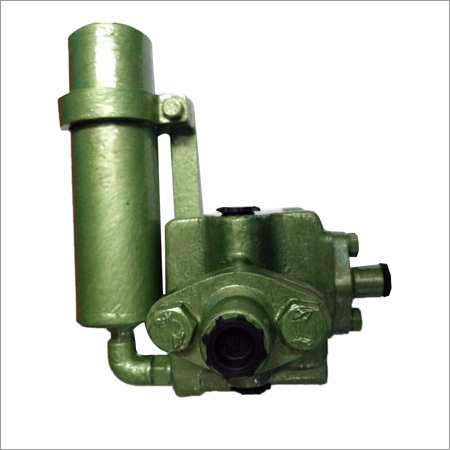A-9 Emergency Brake Valve
Product Details:
- Type Valve
- Pressure High Pressure kgf/cm2
- Media Air
- Click to View more
A-9 Emergency Brake Valve Price And Quantity
- 50 Piece
A-9 Emergency Brake Valve Product Specifications
- Air
- Valve
- High Pressure kgf/cm2
A-9 Emergency Brake Valve Trade Information
- Kolkata
- 50 Piece Per Month
- 30 Days
- Yes
- Sample costs shipping and taxes has to be paid by the buyer
- Wooden Box
- All India
- ISO, NSIC
Product Description
A particular kind of valve used in the air brake systems of trains and locomotives is the A-9 Emergency Brake Valve. It is a crucial component that offers emergency braking skills, enabling quick and instantaneous stopping of the train in urgent circumstances.
The A-9 Emergency Brake Valve, which is normally found in the locomotive cab, is made to be simple for the train engineer or operator to access. When activated, it sends a signal to all of the train's cars to brake as hard as possible at once, starting emergency braking.
A handle or lever that can be pulled or pushed to activate the emergency brake command is commonly used to operate the A-9 Emergency Brake Valve. The air pressure in the train's brake pipe is abruptly released when the lever is turned to the "emergency" position, which then activates the brakes on each individual car.
After the A-9 Emergency Brake Valve is turned on, the brakes are released and air is let out of the brake cylinders, which causes the brake shoes to engage with the wheels and quickly slow down or stop the train.
An essential component of railway braking systems that enables quick and strong braking in emergency situations is the A-9 Emergency Brake Valve. It is intended to override other brake commands and swiftly stop the train to avert collisions or reduce potential risks.
It's crucial to remember that precise installation, use, and maintenance instructions for the A-9 Emergency Brake Valve should be obtained from the manufacturer or pertinent technical documentation issued by the railway authority or regulatory organisations.
Features:
- Easy installation
- Maintenance free
- Rugged construction






